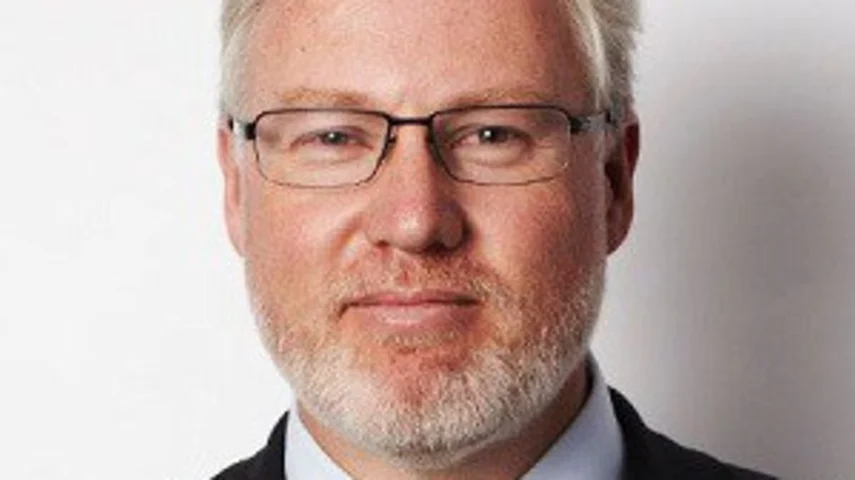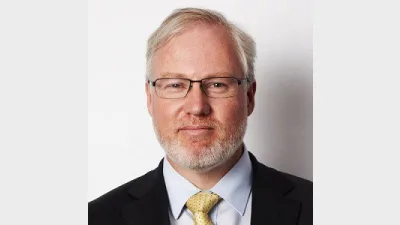Fintech raises over $500,000 as it gears up for advice service expansion



Australian fintech and wealth manager, BigFuture, has completed a $520,000 capital raising as it looks to build its service capabilities.
Co-founded by Michael Clancy, chief executive of Qantas Super, BigFuture's cloud-based application allows users to view a "one page snapshot" of their financial position, improve their financial literacy and plan for their financial future.
The app's stochastic Monte Carlo simulation enables members to plan how they want to spend their wealth and then provides an analysis regarding the likelihood of this lifestyle being funded, allowing users to manage risk and see how it affects their personal retirement and savings.
According to BigFuture's chief executive, Donald Hellyer, all new investors in the capital raising were senior executives from financial institutions in Australia and Asia.
"BigFuture is very pleased with the interest in our cloud financial application, especially from those with deep knowledge of the changing dynamics of this sector," Hellyer said.
"With two large financial institutions as clients, it is important that BigFuture demonstrates a high level of financial resilience and ability to grow".
BigFuture first launched its financial advice cloud-based service in September with the aim of "democratising wealth management" by giving individuals tailored information about investing.
According to BigFuture, the funds from the capital raising are now set to be allocated towards expanding its service capability through its app and increasing data automation.
Recommended for you
LGT Wealth Management is maintaining a neutral stance on US equities going into 2026 as it is worried whether the hype around AI euphoria will continue.
Tyndall Asset Management is to close down the Tyndall brand and launch a newly-branded affiliate following a “material change” to its client base.
First Sentier has launched its second active ETF, offering advisers an ETF version of its Ex-20 Australian Share strategy.
BlackRock has revealed that its iShares bitcoin ETF suite has now become the firm’s most profitable product line following the launch of its Australian bitcoin ETF last month.











